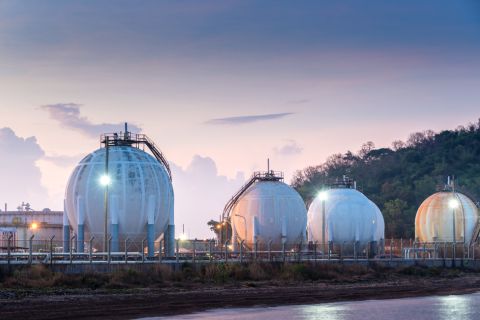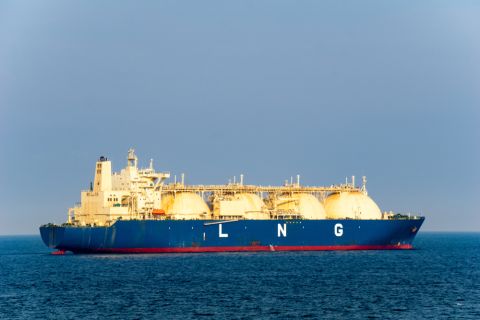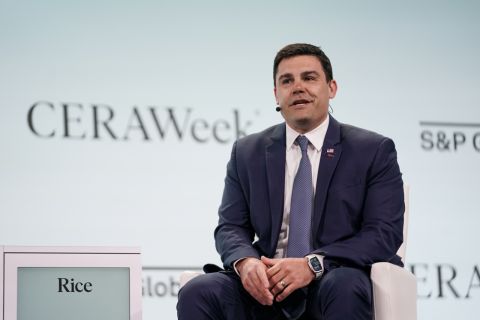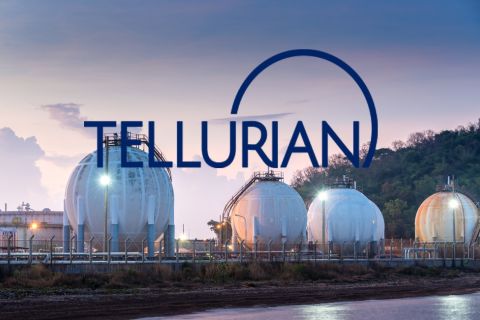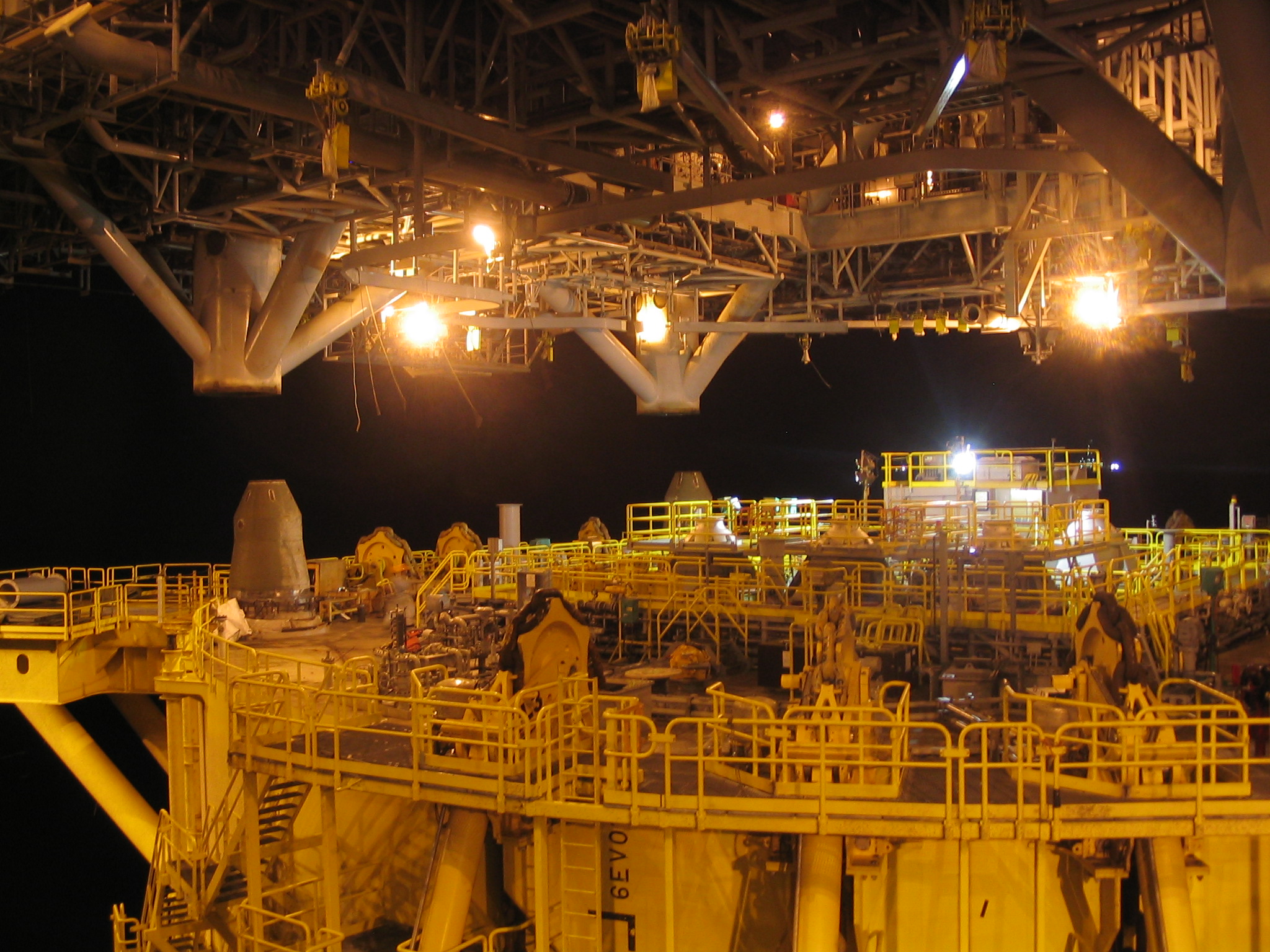
Dry holes are usually disappointments. But the first dry hole in the Lower Tertiary part of the U.S. Gulf of Mexico (GoM) turned out to be anything but disappointing.
According to a Bloomberg Business article, the well was drilled in 1996 by Texaco and partners Shell, Amoco Corp. and Mobil Corp. The four companies had a group of blocks that had been idle for about 10 years, and they were excited by the structures they were seeing on the seismic data. But the water depth—2,324 m (7,625 ft)—was daunting at the time, and the risk of not finding oil-bearing sands was quite real.
The decision was made to go ahead on the BAHA well. The partners were unable to even reach their target depth due to technical difficulties, but the well did find a layer of oil-bearing sands that prevailing wisdom said could not be present. Robert Ryan, a geologist for Texaco at the time, told Bloomberg, “It busted every model we had.”
BAHA 2 was another dry hole but confirmed the extent of the sands, which ended up covering two-thirds of the GoM. The first discoveries in the immediate vicinity, home to the Perdido Fold Belt (PFB), were Trident in 2001 and Great White in 2002. Since then the PFB has garnered headlines as one of the most prolific producing areas in the world.
Geology
According to a presentation given by Milena Colmenares of PEMEX, the PFB is part of a Cenozoic compressional fold system that contains Upper Jurassic-Eocene age strata that folded during the early Oligocene. It was formed by gravity sliding and contains Cretaceous to Eocene sedimentary rocks.
An article on the American Association of Petroleum Geologists’ website titled “Emergence of the Lower Tertiary Wilcox Trend in the Deepwater Gulf of Mexico” noted that the BAHA 2 well was the first to link the onshore Wilcox trend to the deep waters of the GoM, confirming that the trend covers more than 403 km (250 miles). The Cascade discovery in 2002 extended the trend to the east as well.
An article in The Oil and Gas Year puts the areal extent of the PFB at about 40,000 sq km (15,444 sq miles). It extends across the maritime border between the U.S. and Mexico, and PEMEX has had its share of discoveries, including the Trion-1, Supremus-1, Maximino-1, PEP-1 and Vespa-1. Its Exploratus-1 well has been one of the most recent to test the area, drilled to 6,130 m (20,112 ft) and with estimated reserves of 150 MMbbl to 200 MMbbl of light crude.
Perdido production
But Shell has had even greater success, estimating in early 2015 that the PFB area made up 50% of its U.S. oil and gas production. The area has become so prolific for Shell that it has installed the world’s deepest production platform over the site in about 2,450 m (8,000 ft) of water. It came onstream in 2010. Production from Great White, Silvertip and Tobago are served by the host platform. Shell operates the platform as well as Great White and Tobago, while Chevron operates Silvertip. The facility is capable of producing 100,000 boe/d.
Built by Technip in Pori, Finland, the spar traveled 13,200 km (8,202 miles) to reach its final destination in August 2008. It has 22 direct vertical access wells with the capability for another 13 tieback wells from subsea completions in the area.
Recommended Reading
US Expected to Supply 30% of LNG Demand by 2030
2024-02-23 - Shell expects the U.S. to meet around 30% of total global LNG demand by 2030, although reliance on four key basins could create midstream constraints, the energy giant revealed in its “Shell LNG Outlook 2024.”
API Gulf Coast Head Touts Global Emissions Benefits of US LNG
2024-04-01 - The U.S. and Louisiana have the ability to change global emissions through the export of LNG, although new applications have been frozen by the Biden administration.
Silver Linings in Biden’s LNG Policy
2024-03-12 - In the near term, the pause on new non-FTA approvals could lift some pressure of an already strained supply chain, lower both equipment and labor expenses and ease some cost inflation.
CERAWeek: Two Minutes with EQT’s Toby Rice on Energy Security
2024-03-22 - EQT Corp. President and CEO Toby Z. Rice spoke to Hart Energy on March 20 on the sidelines of CERAWeek by S&P Global to discuss natural gas infrastructure bottlenecks, energy security and the company’s advances on LNG.
FERC Approves Extension of Tellurian LNG Project
2024-02-19 - Completion deadline of Tellurian’s Driftwood project was moved to 2029 and phase 1 could come online in 2027.

